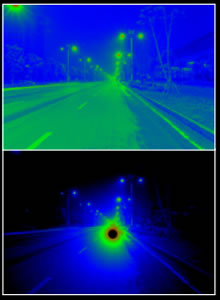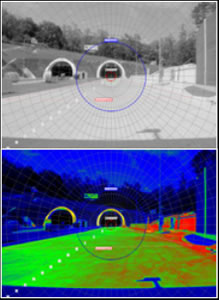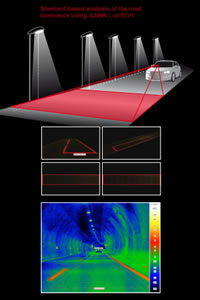

Spectroradiometers & Photometers
PSI offers a variety of spectrometers to suit a range of applications. The most common type is the SP-3C real-time spectroradiometer for chromaticity measurement.
We also use and recommend Bentham Instruments monochromators for a wide range of advanced applications including measurements of the Photobiological Safety of Lamps. For more information, please see below.
| SP-3C | PH-1L | DMc & TMc | specbos | |
| Type | Spectroradiometer | Photometer | Monochromator | Spectrometer |
| Wavelength Range | 380-780 nm 360-830 nm 250-1000 nm |
380-780 nm | Any among 200nm-50µm |
380-780 nm 350-1000 nm |
| Bandwidth | 5 nm | ///// | Depends on the slits | 5 nm |
| Interface | Ethernet | RS 485 / USB | ≤USB | ≤ USB |
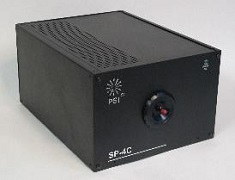
SP-4C Real-time Spectroradiometer
PH-1L Laboratory Photometer
Single and Double Monochromators
Jeti Spectrometers
LMK Video Photometer and Colorimeter
SP-4C Real-time Spectroradiometer
The SP-4C is a compact and fast spectroradiometer, which is primarily designed for real-time chromaticity measurement.
It features a single diffraction grating and CCD array arrangement, so that the entire spectrum is acquired in a single scan of the CCD array.
After the SP-4C has acquired a spectrum, it is displayed on the screen along with the chromaticity coordinates and (if appropriate) the colour temperature of the source and other derived data. Integration times can vary from 0.01 to 65535 milliseconds. For bright light sources, the chromaticity coordinates can be updated on the screen multiple times per second. The spectra can be logged over time, making the SP-4C a very handy research tool for monitoring the change in colour of a sample over time.
A filter wheel containing a selection of neutral density filters is built into the system so that the signal strength can be reduced for bright light sources that would normally saturate the detector. The filter wheel also contains a blocking filter for dark subtraction.
| SP-4C | |
| Spectral Range | 360-830 nm (other options on request) |
| Integration time | 0.01-65535 ms |
| Wavelength accuracy | ≤ 0.3 nm |
| Wavelength repeatability | ≤ 0.02 nm |
| Stray Light | < 0.1 % |
| Filter wheel | 8 positions (with different ND filters) |
| No of pixels | 2048 |
| Interface | Ethernet |
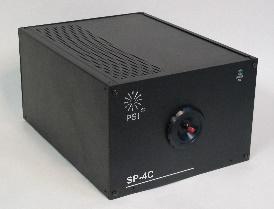
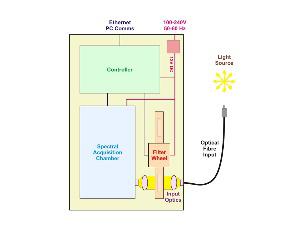
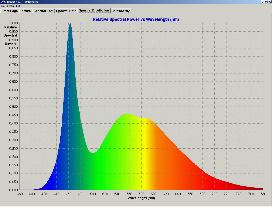
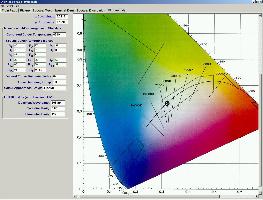
SP-4C Datasheet
PH-1L Laboratory Photometer
The PH-1L Laboratory Photometer consists of a photometric measurement system and PC-based software.
The measurement system consists of a V (λ)-corrected silicon photodiode photometer head and a photocurrent amplifier with built-in data acquisition.
| Specifications | Ph-St-B8-Th | Ph-St-C8-Th |
| Spectral Range | 380-780 nm | |
| Illuminance range | 10-5 to 6×104 lux | 10-4 to 6×105 lux |
| V (λ) matching, f1’ | ≤ 1.5% | |
| Cosine error, f2 | N/A | ≤ 1.5% |
| Linearity, f3 | ≤ 0.1% | |
| Fatigue, f5: | ≤ 0.1% | |
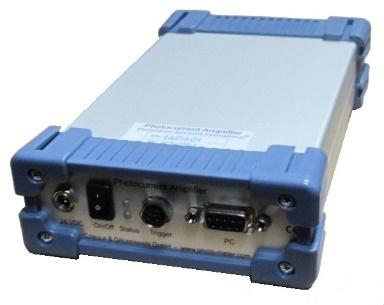
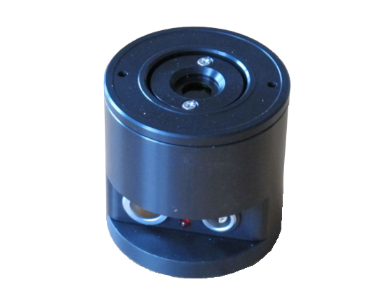
PH-1L Datasheet
Single and Double Monochromators
PSI is proud to offer advanced spectroradiometric solutions from the British company Bentham Instruments.
Bentham Instruments, founded in 1975, offers many years’ extensive experience in the manufacture and supply of standard instruments and custom systems for applications involving the study and measurement of light.
Their established customer base ranges from blue chip organisations to highly respected university research departments and we pride ourselves on supplying them with reliable and accurate instrumentation.
PSI can offer Bentham equipment as stand-alone systems or incorporated within our own products and integrated with our software for advanced applications including the combination of goniophotometry and spectroradiometry.
For detailed datasheets, please refer to Bentham website:
http://www.bentham.co.uk/monochromators.htm
Monochromators Datasheets can be found here
Jeti Spectrometers
JETI offers two model series of spectroradiometers – spectraval and specbos. Both instruments are based on high quality array spectrometers, therefore they are characterized by precise measuring results. Additionally they are easy to operate and the radiometric software LiVal has extended features, but are easy to use.
| spectraval | specbos |
| Stand alone and computer connected operation | Only computer connected operation |
| VIS range | Version for VIS and version for UV to NIR |
| Two models for field measurement and online applications | Measurement of all four basic light measuring quantities |
| Radiance/ Luminance mode | Radiance/ Luminance – Irradiance/ Illuminance – Radiant Flux/ Luminous Flux – Radiant Intensity/ Luminous Intensity A variety of accessories |
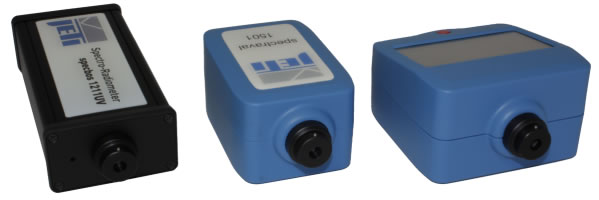
specbos 1201 Datasheet
specbos 1211 Datasheet
spectraval 1511 Datasheet
LMK Video Photometer and Colorimeter
Glare evaluation
The LMK mobile air allows easy measuring and verification of existing standards and real lighting applications concepts with regards to full illumination, glare, ergonomics and hazards.
- Glare assessment based on the TI – method for artificial road lighting (EN13201)
- Performing the L20° measures for artificial lighting at tunnel entrances (CIE Publ. 88)
- Determining glare values for artificial outdoor lighting like at sports facilities or lighted outdoor advertisement. For example, the maximum tolerable luminance (LAI) or equivalent veiling luminance
- Glare assessment of artificial indoor lighting (UGR, DGP, GR)
Measuring Roads and Tunnels
The LMK mobile air allows a smart and quick evaluation and verification of luminance values relevant to security of public traffic ways by using intelligent software tools.
- Assessment of the luminance values (i.e. according to EN13201) on road and tunnels
- Checking the visibility of transport users, road signs and markers among various weather conditions
- Reviewing the luminance level and the illumination of other public traffic ways
Further Applications
The LMK mobile air is very-well suited for fast and easy assessment for luminances in outdoor areas, roads and public places in an urban environment.
- Quick and easy determination of the highlighting on facades and gladdings – and other vertical surfaces
- Evaluation of the luminance distribution on illuminated surfaces like airport apron – and other horizontal planes
Another application is the assessment of luminance levels and distribution in indoor environments. Also the determination of perceptible contrasts helps to assess the quality of existing conditions for any visual task.
© 2020 Photometric Solutions International Pty Ltd
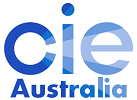
PSI is a sustaining organisational member of CIE Australia.
